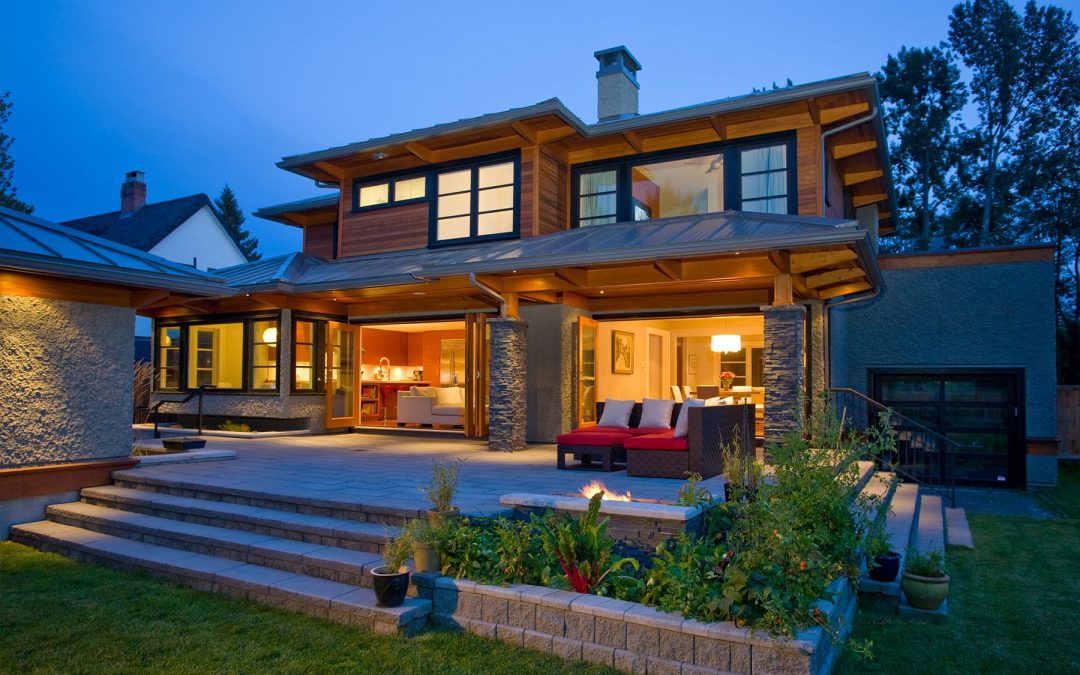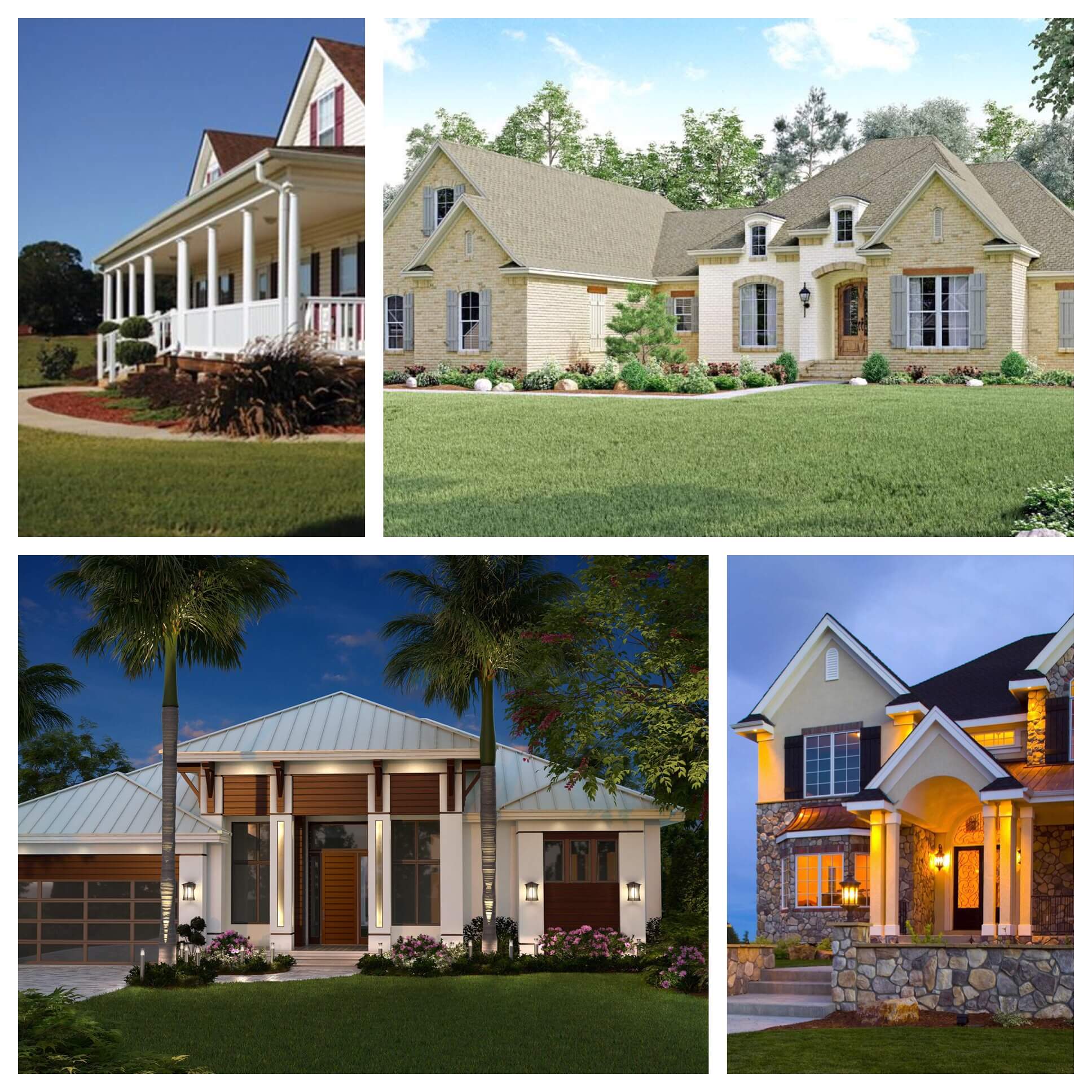Building Your Dream Home: A Guide to Small Cheap Homes
Table of Contents
Verwandte Artikel: Building Your Dream Home: A Guide to Small Cheap Homes
- The Ultimate Guide To 3 Bedrooms 2 Baths: A Comprehensive Overview For Homebuyers
- U-Shaped Cottage Plans: A Comprehensive Guide To Creating Your Dream Home
- Affordable Home Plans With Photos
- Embracing The Allure Of Modern Rancher Homes: A Comprehensive Guide
- Architectural Home Designs: Unlocking The Power Of Bespoke Living
Einführung
Bei dieser feierlichen Gelegenheit freuen wir uns, in das das faszinierende Thema rund um Building Your Dream Home: A Guide to Small Cheap Homes vertiefen. Lassen Sie uns interessante Informationen zusammenfügen und den Lesern frische Perspektiven bieten.
Table of Content
- 1 Verwandte Artikel: Building Your Dream Home: A Guide to Small Cheap Homes
- 2 Einführung
- 3 Video über Building Your Dream Home: A Guide to Small Cheap Homes
- 4 Building Your Dream Home: A Guide to Small Cheap Homes
- 4.1 The Allure of Small Cheap Homes
- 4.2 Exploring the Options
- 4.3 Advantages and Disadvantages
- 4.4 Important Considerations
- 4.5 Creating Your Dream Home
- 4.6 Frequently Asked Questions
- 4.7 Conclusion
- 4.8 Rebuttal
- 5 Abschluss
Video über Building Your Dream Home: A Guide to Small Cheap Homes
Building Your Dream Home: A Guide to Small Cheap Homes
Embark on a journey of homeownership with small cheap homes to build, a cost-effective solution that empowers you to create a cozy and affordable abode. These dwellings offer a myriad of advantages, from reduced construction costs to lower energy bills, making them an ideal choice for first-time buyers, downsizers, and eco-conscious individuals.
The Allure of Small Cheap Homes
1. Financial Feasibility: Small cheap homes require less building materials and labor, translating into significant savings compared to larger homes. This affordability opens up homeownership opportunities for those with modest budgets.
2. Reduced Energy Consumption: Smaller homes have a smaller footprint, which means less space to heat and cool. This translates into lower energy bills, contributing to long-term savings and a greener lifestyle.
3. Lower Maintenance Costs: With a smaller home, there’s less to maintain. From cleaning to repairs, you’ll save time and money on upkeep, freeing up resources for other pursuits.
4. Environmental Sustainability: Small cheap homes use less energy and resources to build and maintain, reducing their environmental impact. By choosing a smaller home, you can contribute to a more sustainable future.
5. Cozy and Comfortable: Despite their compact size, small cheap homes can be designed to feel cozy and comfortable. With thoughtful planning and efficient use of space, you can create a home that meets your needs without sacrificing comfort.
6. Increased Mobility: Smaller homes are often more portable than larger homes, making them an ideal option for those who value flexibility. If you need to relocate for work or lifestyle changes, a small cheap home can be easily moved or sold.
7. Growing Trend: Small cheap homes are gaining popularity worldwide as people seek more affordable and sustainable housing options. This growing trend ensures a strong resale value for your investment.
Exploring the Options
/__opt__aboutcom__coeus__resources__content_migration__treehugger__images__2018__03__tiny-house-macy-miller-12a993a38eda4913a0e8ab1b231e79d3-d2753180ec8c44dc985551ee712ae211.jpg)
1. Prefabricated Homes: Prefabricated homes are built in a factory and assembled on-site, offering a cost-effective and time-saving option. They come in a variety of designs and sizes, allowing you to find a home that fits your needs and budget.
2. Tiny Homes: Tiny homes are small, portable dwellings that typically range from 100 to 400 square feet. They offer a minimalist lifestyle with a focus on affordability, sustainability, and mobility.
3. Container Homes: Container homes are made from recycled shipping containers, providing a unique and affordable housing solution. They can be customized to create modern and stylish homes with a reduced environmental footprint.
4. Earthbag Homes: Earthbag homes are built using earth-filled bags, creating a natural and sustainable home. They offer excellent insulation and thermal mass, reducing energy consumption and providing a comfortable indoor environment.
5. Cob Homes: Cob homes are made from a mixture of clay, sand, straw, and water, creating a durable and eco-friendly home. They have a unique organic aesthetic and offer excellent thermal insulation.
Advantages and Disadvantages
Advantages:
1. Lower Construction Costs: Small cheap homes require less building materials and labor, resulting in significant savings compared to larger homes.
2. Reduced Energy Consumption: Smaller homes have a smaller footprint, which means less space to heat and cool. This translates into lower energy bills, contributing to long-term savings and a greener lifestyle.
3. Lower Maintenance Costs: With a smaller home, there’s less to maintain. From cleaning to repairs, you’ll save time and money on upkeep, freeing up resources for other pursuits.
4. Environmental Sustainability: Small cheap homes use less energy and resources to build and maintain, reducing their environmental impact. By choosing a smaller home, you can contribute to a more sustainable future.
5. Cozy and Comfortable: Despite their compact size, small cheap homes can be designed to feel cozy and comfortable. With thoughtful planning and efficient use of space, you can create a home that meets your needs without sacrificing comfort.
Disadvantages:

1. Limited Space: Small cheap homes have limited space, which may not be suitable for families or those who require more room.
2. Resale Value: The resale value of small cheap homes may be lower than larger homes, especially in certain markets.
3. Storage Challenges: With limited space, storage can be a challenge in small cheap homes. Careful planning and creative storage solutions are essential to maximize space utilization.
4. Zoning Restrictions: Some areas may have zoning restrictions that limit the size or type of small cheap homes that can be built.
5. Financing Challenges: Lenders may be hesitant to finance small cheap homes due to their lower resale value. It’s important to research financing options and secure pre-approval before building.
Important Considerations
1. Size: Determine the optimal size for your needs, considering the number of occupants, lifestyle, and future plans.
2. Location: Choose a location that meets your lifestyle needs, such as proximity to work, amenities, and transportation.
3. Style: Explore different architectural styles to find a home that aligns with your aesthetic preferences.
4. Materials: Consider the materials used in construction, such as wood, steel, or recycled materials, based on your budget and environmental concerns.
5. Energy Efficiency: Prioritize energy-efficient features such as insulation, windows, and appliances to reduce energy consumption and save money.
6. Resale Value: Research the resale value of small cheap homes in your area to make an informed decision about your investment.
Creating Your Dream Home
1. Design: Work with an architect or designer to create a floor plan that maximizes space and meets your specific needs.
2. Materials: Choose durable and affordable materials that align with your budget and lifestyle.
3. Construction: Partner with a reputable contractor who specializes in building small cheap homes.
4. Financing: Secure financing before starting construction to avoid delays or financial setbacks.
5. Move-In: Prepare your home for move-in by painting, decorating, and installing essential appliances.
Frequently Asked Questions
Q1: What is the average cost to build a small cheap home?
A1: The average cost to build a small cheap home varies depending on factors such as size, location, and materials used. Generally, you can expect to pay between $50,000 and $150,000.
Q2: How long does it take to build a small cheap home?
A2: The construction timeline for a small cheap home typically ranges from 3 to 6 months, depending on the complexity of the design and weather conditions.
Q3: What are the benefits of building a small cheap home?
A3: The benefits of building a small cheap home include lower construction costs, reduced energy consumption, lower maintenance costs, environmental sustainability, coziness and comfort, and increased mobility.
Q4: What are the challenges of building a small cheap home?
A4: The challenges of building a small cheap home include limited space, potential for lower resale value, storage challenges, zoning restrictions, and financing challenges.
Q5: What are some tips for building a small cheap home?
A5: Tips for building a small cheap home include determining the optimal size, choosing a suitable location, exploring different architectural styles, considering materials carefully, prioritizing energy efficiency, and researching resale value.
Conclusion
Embracing small cheap homes to build is a wise decision that offers numerous benefits, including affordability, sustainability, and comfort. By carefully considering your needs, researching options, and planning your project, you can create a dream home that aligns with your budget and lifestyle. Remember, the journey of building a small cheap home is an investment in your future, providing you with a cozy and affordable abode for years to come.
Rebuttal
While some may argue that small cheap homes lack the space and amenities of larger homes, it’s important to recognize that they offer a unique set of advantages that outweigh their limitations. By prioritizing affordability, sustainability, and comfort, small cheap homes empower individuals and families to achieve homeownership and create a fulfilling life in a cozy and environmentally conscious space.
Abschluss
Daher hoffen wir, dass dieser Artikel wertvolle Einblicke in Building Your Dream Home: A Guide to Small Cheap Homes bietet. Wir hoffen, dass Sie diesen Artikel informativ und nützlich finden. Bis zum nächsten Artikel!
